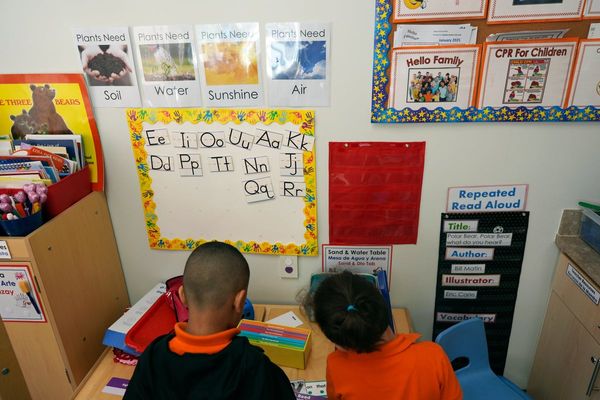
Indonesia's new government has initiated a groundbreaking $28 million project aimed at providing nutritious meals to nearly 90 million children and pregnant women in an effort to combat malnutrition and stunting. The Free Nutritious Meal program, a campaign promise by President Prabowo Subianto, targets the 21.5% of Indonesian children under 5 who suffer from stunted growth. The program also seeks to boost farmers' earnings and the value of their produce.
President Subianto, who aims to accelerate GDP growth from 5% to 8%, envisions a healthier and more prosperous future for Indonesia. The ambitious program includes plans to offer free school lunches and milk to 83 million students across the country, with the goal of nurturing a 'Golden Indonesia' generation by 2045.
The government's target is to reach 19.47 million schoolchildren and pregnant women by 2025, with a budget of $4.3 billion to maintain the annual deficit below 3% of GDP. The National Nutrition Agency plans to procure significant quantities of essential food items, including rice, chicken, beef, fish, fruits, and milk, and establish thousands of kitchens nationwide to facilitate meal distribution.










Despite its noble intentions, the program has faced criticism from investors and analysts concerned about its financial sustainability and potential impact on the economy. Economic researchers warn of the strain on state finances and the risk of increased debt, which could hinder the government's growth targets.
However, advocates like the director of the Institute for Democracy, Security, and Strategic Studies emphasize the urgency of addressing Indonesia's high stunting rate, which remains above the targeted reduction. Malnutrition among children poses significant health and developmental risks, underscoring the importance of effective intervention.
The initiative marks a significant step towards improving the well-being of Indonesia's youth and combating the pervasive issue of malnutrition. As the program unfolds, its success will be closely monitored to assess its impact on public health and economic stability.







